5 minutes with Takashi Murakami on his new ‘Superflat’ Vans collaboration
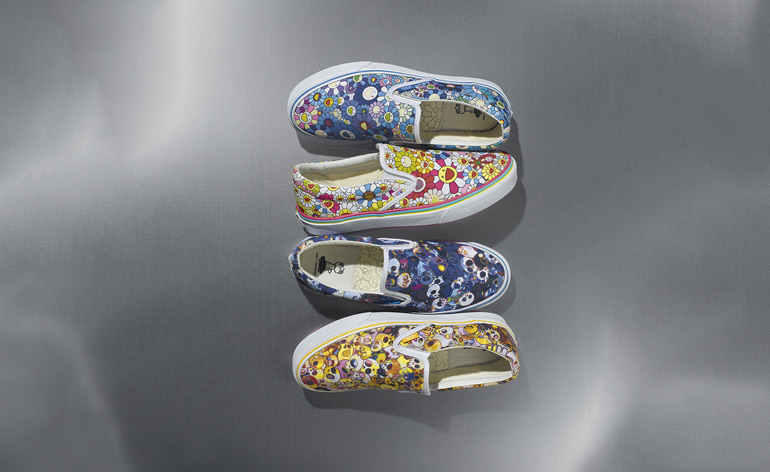
In 2013 Japanese artist Takashi Murakami, who had shot to fashion fame for his Louis Vuitton collaboration during Marc Jacobs' tenure, did a shoot and corresponding interview with US Harper's BAZAAR for his upcoming film Jellyfish Eyes. During that conversation journalist Laura Brown simply asked Murakami, 'Who do you want to work with next?' Without hesitation, he responded Vans. 'The reason then and now is that for the past ten years or more I have worn Vans slip-ons nearly every day while in my studio,' says Murakami from Japan. 'For me, there is no other shoe that is as comfortable and which allows me to concentrate on my work.'
A few months after the article was published Murakami got an email from Brown saying that the footwear company wanted to contact him. Suffice to say, Van's VP global design & merchandising Steve Mills flew out to Japan shortly after and that's how the collaboration, which spans the brand's classic slip-ons, tees and skate decks, began.
We caught up with the artist to discuss his relationship with the fashion industry, his ‘Superflat' style, and his thoughts on the union of art and commerce…
Wallpaper*: Your fashion collaboration with Louis Vuitton struck such a chord in popular culture, what appealed about Vans, as brand, for you to venue into apparel again?
Takashi Murakami: To be honest, this project is moving forward in a completely different style from my collaboration with Louis Vuitton. In some ways, it was through my experience with Louis Vuitton that I became educated in the etiquette of the fashion world. Compared to that, the Vans team feels extremely laid back. For a Japanese person like myself, their relaxed style is sometimes quite a shock. But for me this aspect is also one that inspires trust and so I've been able to approach the project in a very positive way.
W*: Why did you choose your smiling flower and skull patterns for this project?
TM: Both motifs were originally used as all-over patterns in my paintings so I thought they would work well when using shoes as a canvas. They are also trademark images of mine that are immediately recognisable.
W*: How do you ultimately feel about the merging of art and commerce?
TM: One of my favourite historical figure is Sen no Rikyū. He is considered to be the person who perfected the Japanese tea ceremony and is one of the most respected cultural figures in Japan. However, his original trade was that of a merchant. Commerce is, in some ways, the study of human desire and I believe that Rikyū brought this knowledge of true human nature to his theories on the tea ceremony. Though some consider this sort of fundamental desire to be base, I also believe that tapping into it allows art to reach its greatest potential. I almost must say honestly that as a Japanese, I do not feel anything strange or unnatural about mixing art with commerce. In our ‘Superflat' world, this is something that is taken for granted.
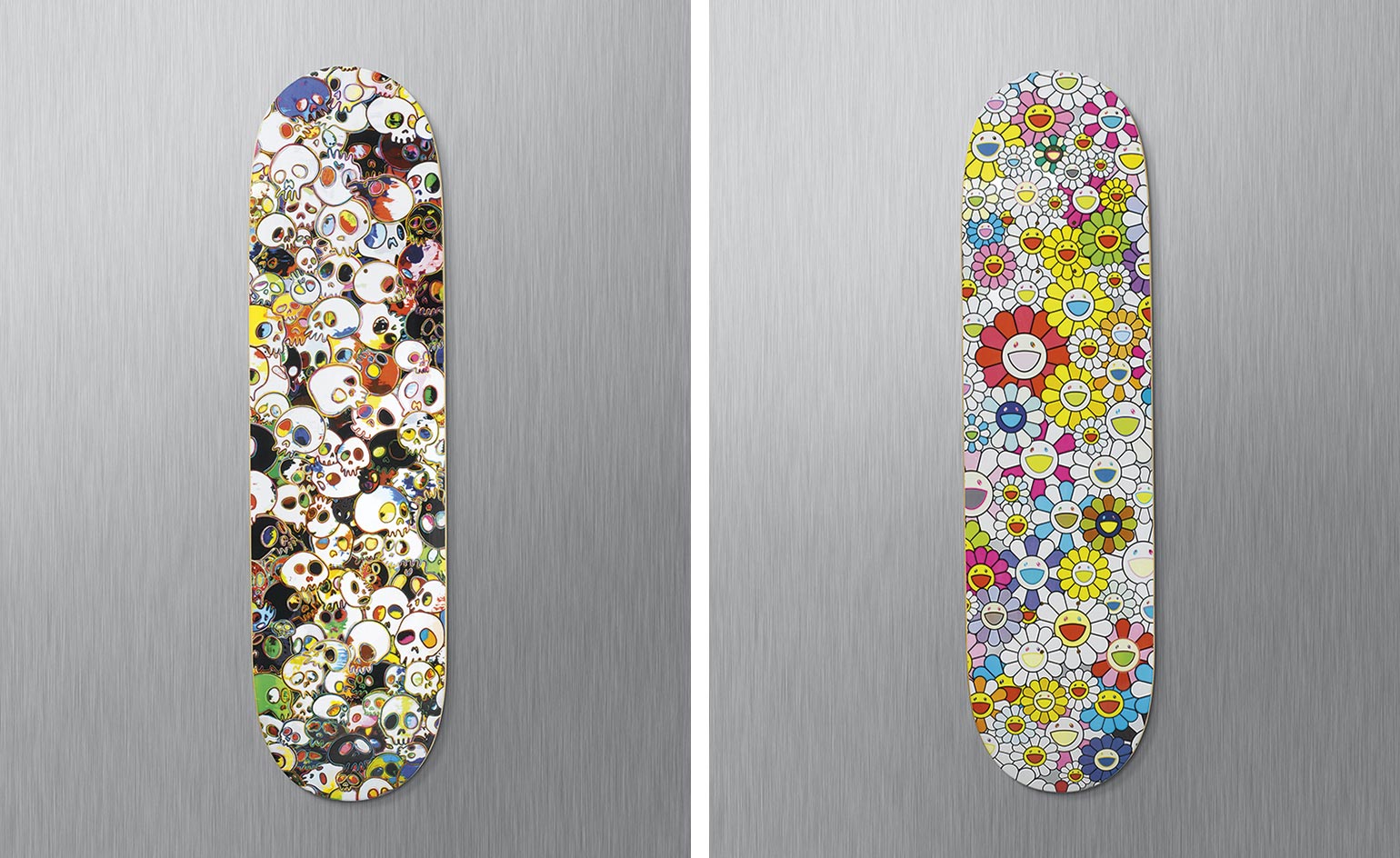
The result of this artful collusion unites the fantasy of Murakami's work and the laid-back attitude of the shoe brand
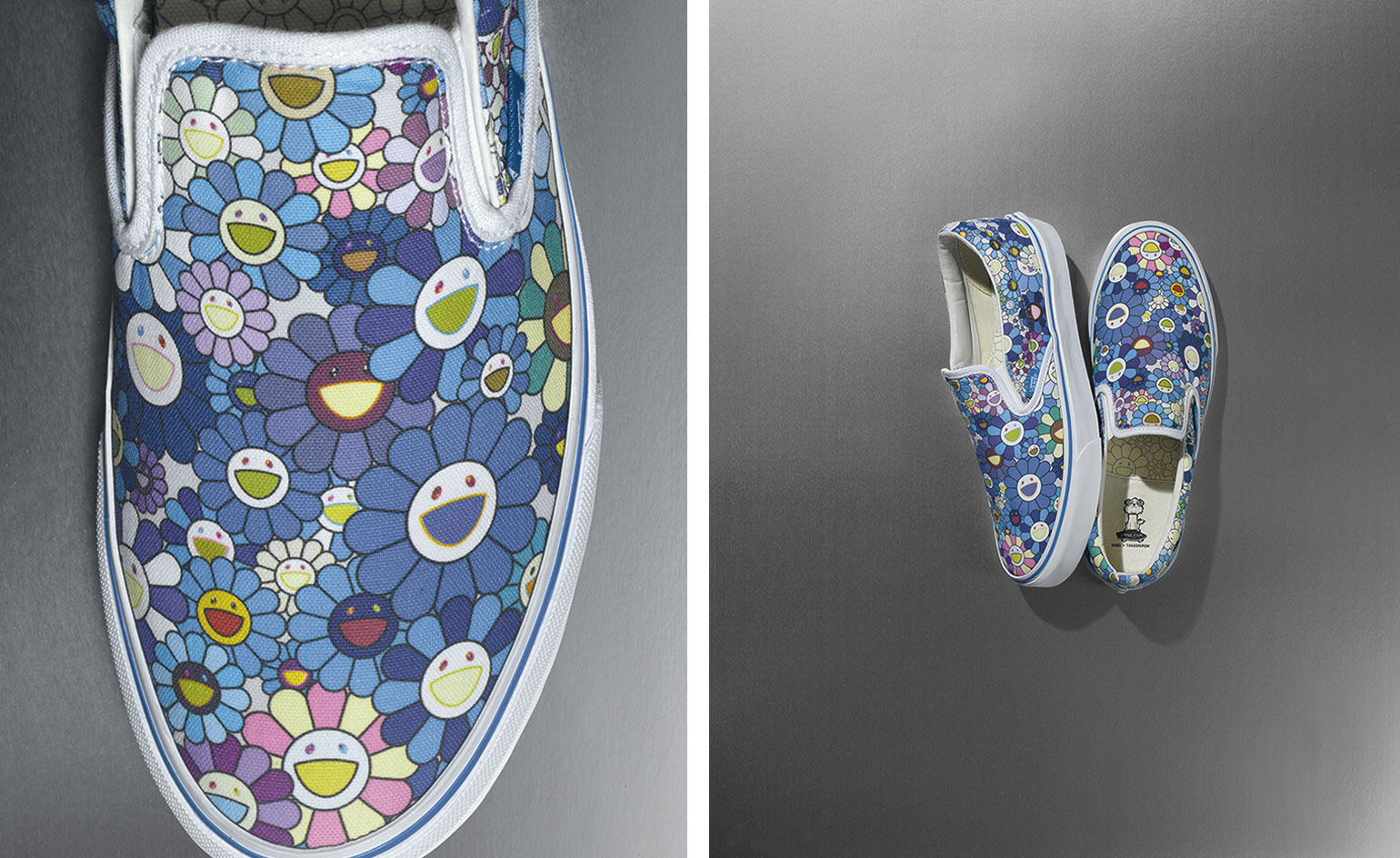
After a much-mediatised and celebrated collaboration with Louis Vuitton, Murakami discovered another facet of the apparel world with Vans
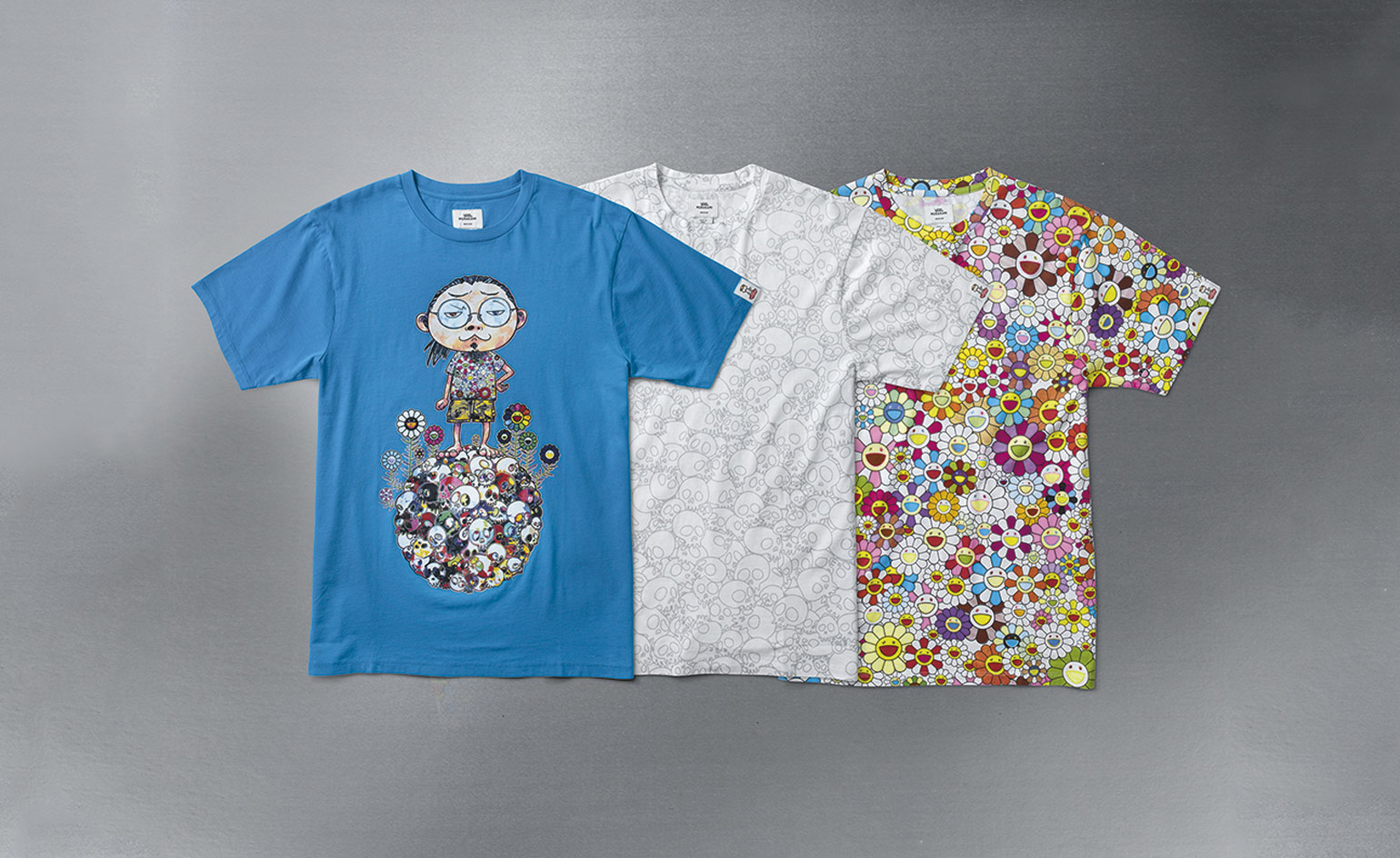
Featuring sneakers, t-shirts and boards, all covered with smiling flower and skull patterns, the 'Superflat' collection addresses a youth audience first and foremost
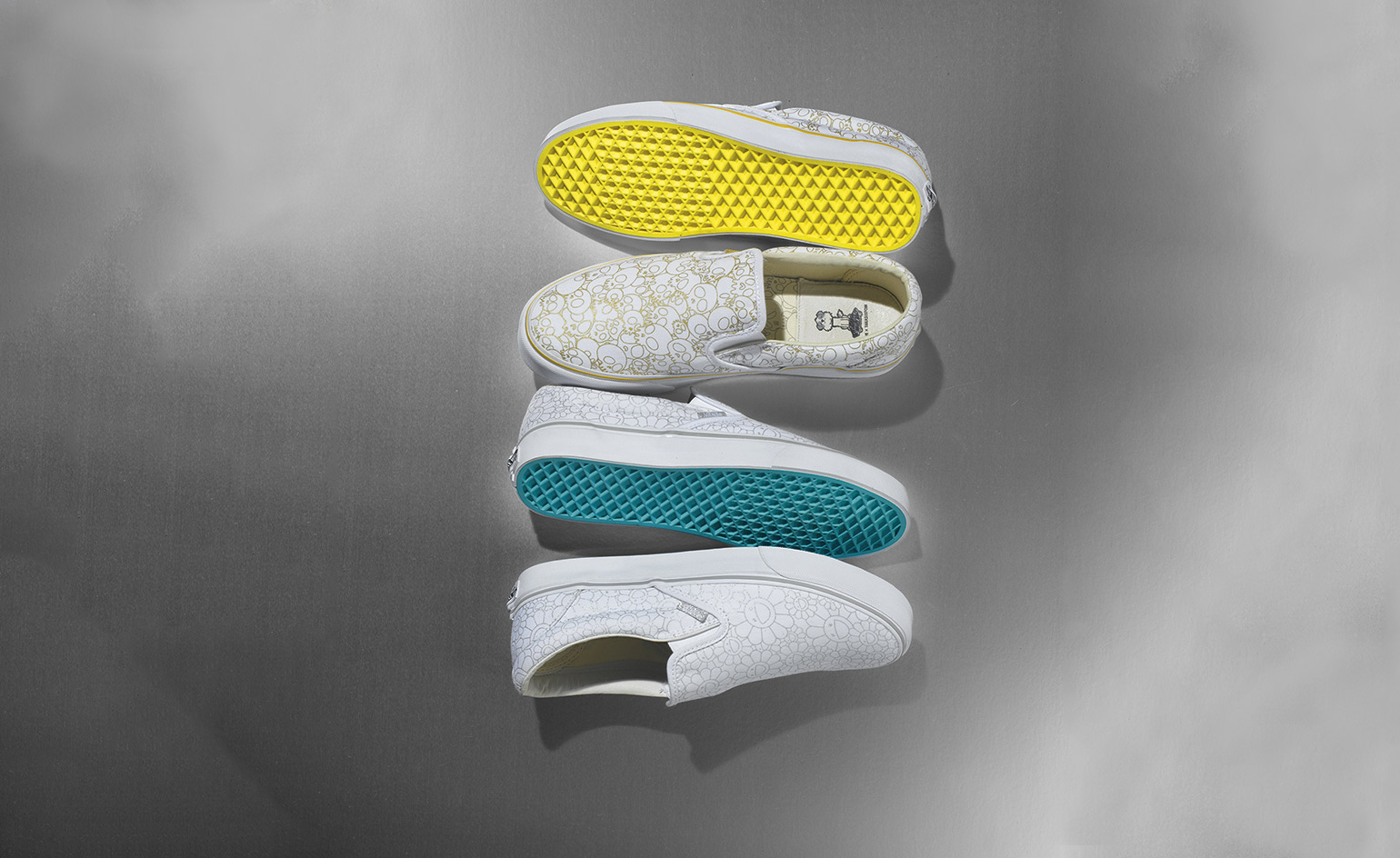
Murakami took the shoe as a canvas to fill it with his trademark motifs. The 'etiquette of the fashion world', as he calls it, is now starting to feel familiar
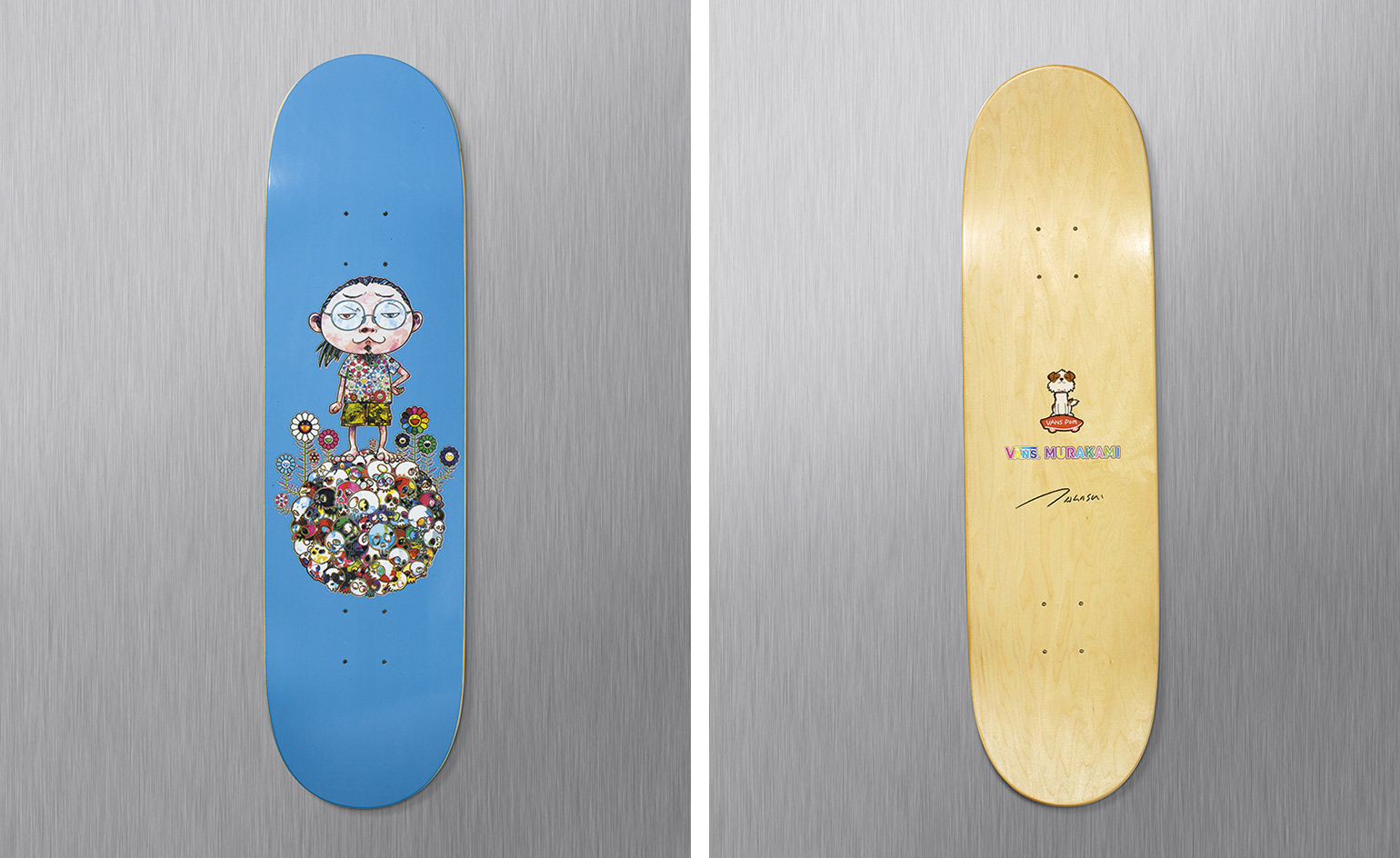
Pictured here are two skate decks adorned by Murakami's art works. In them, the Vans logo takes on a colourful typographic design
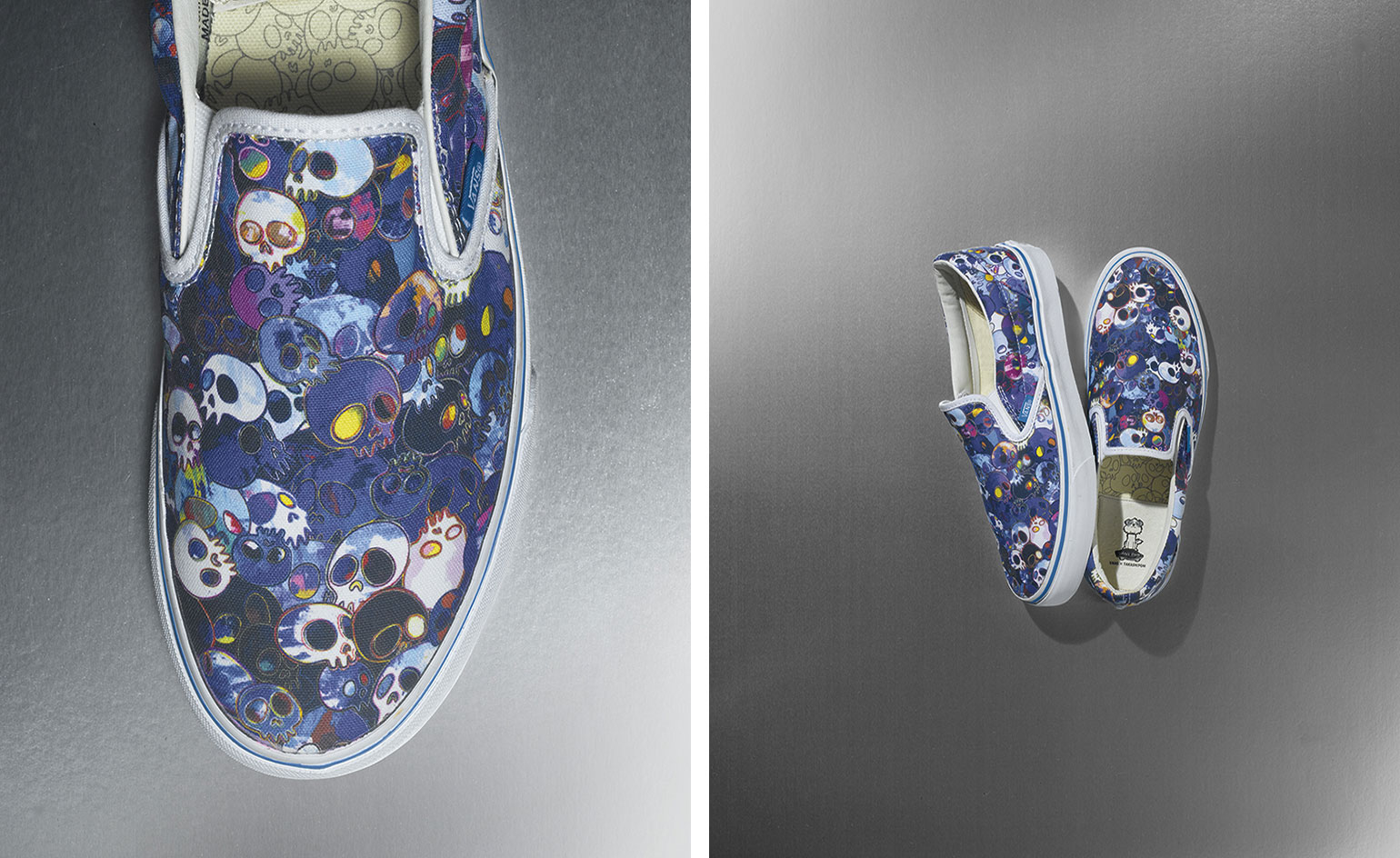
'I also believe that tapping into [commerce] allows art to reach its greatest potential,' concludes the artist
Wallpaper* Newsletter
Receive our daily digest of inspiration, escapism and design stories from around the world direct to your inbox.
-
 Nikos Koulis brings a cool wearability to high jewellery
Nikos Koulis brings a cool wearability to high jewelleryNikos Koulis experiments with unusual diamond cuts and modern materials in a new collection, ‘Wish’
By Hannah Silver
-
 A Xingfa cement factory’s reimagining breathes new life into an abandoned industrial site
A Xingfa cement factory’s reimagining breathes new life into an abandoned industrial siteWe tour the Xingfa cement factory in China, where a redesign by landscape specialist SWA Group completely transforms an old industrial site into a lush park
By Daven Wu
-
 Put these emerging artists on your radar
Put these emerging artists on your radarThis crop of six new talents is poised to shake up the art world. Get to know them now
By Tianna Williams
-
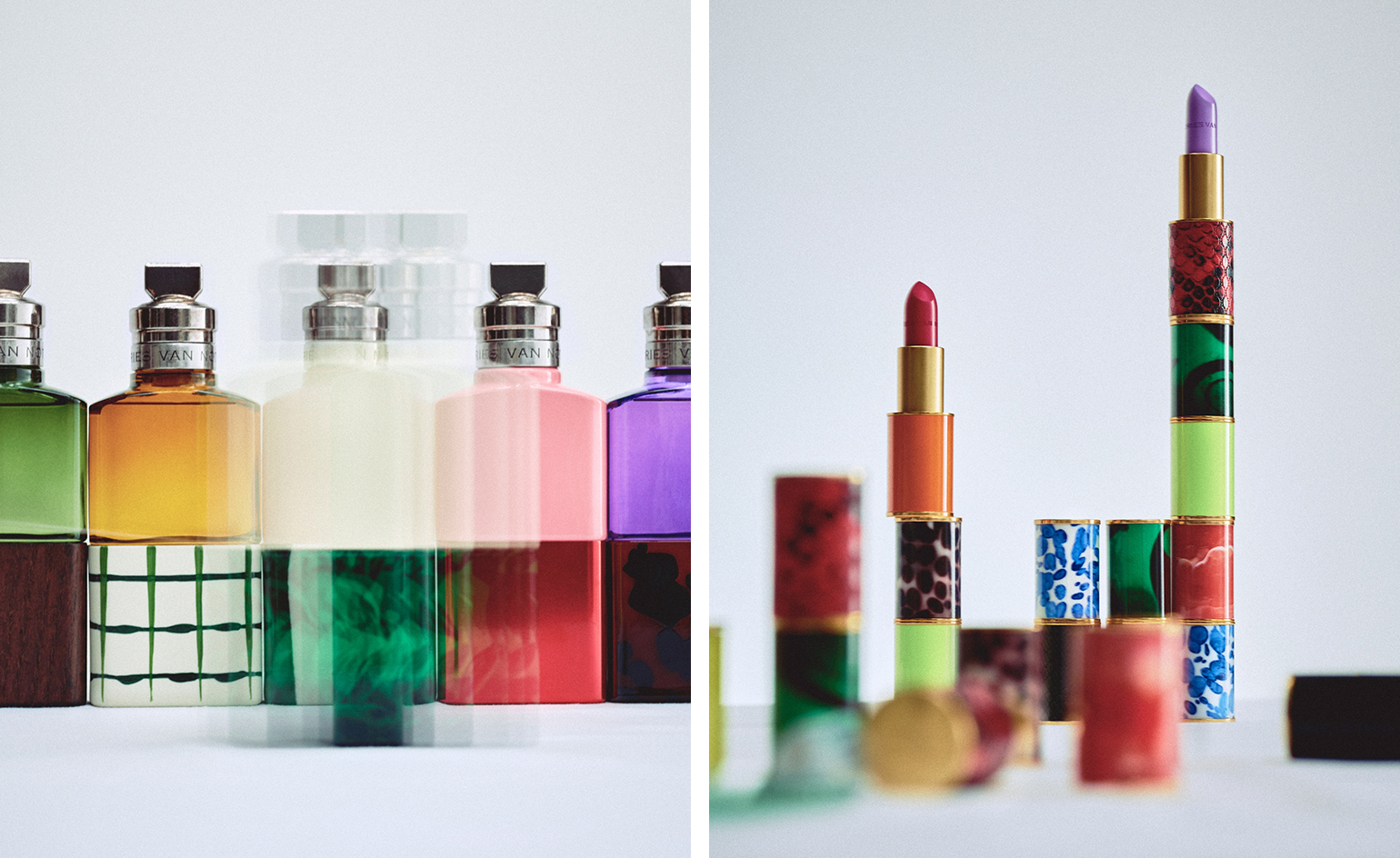 Exclusive interview: Dries Van Noten on launching his new beauty line
Exclusive interview: Dries Van Noten on launching his new beauty lineIn an exclusive interview, the Belgian designer shares the story behind the creation of Dries Van Noten Beauty
By Mary Cleary
-
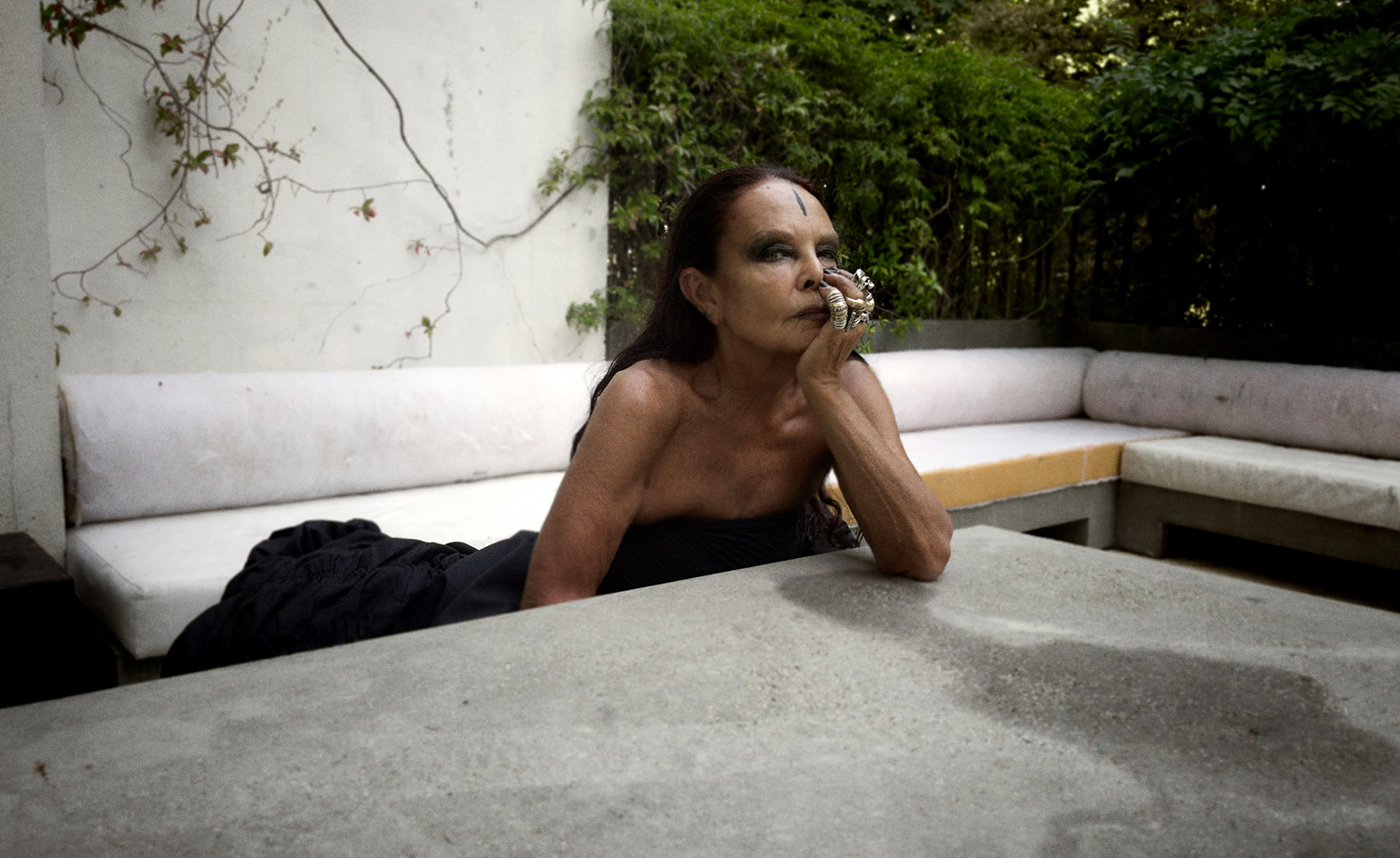 Michèle Lamy, agent of change, on the artists to lead us into the future
Michèle Lamy, agent of change, on the artists to lead us into the futureCo-founder of Owenscorp, artist, performer, agent of change: Michèle Lamy on her conduits to co-creation, and five creatives who can lead us into the future – whom she champions as part of Wallpaper’s 25th anniversary ‘5x5’ project
By Dal Chodha
-
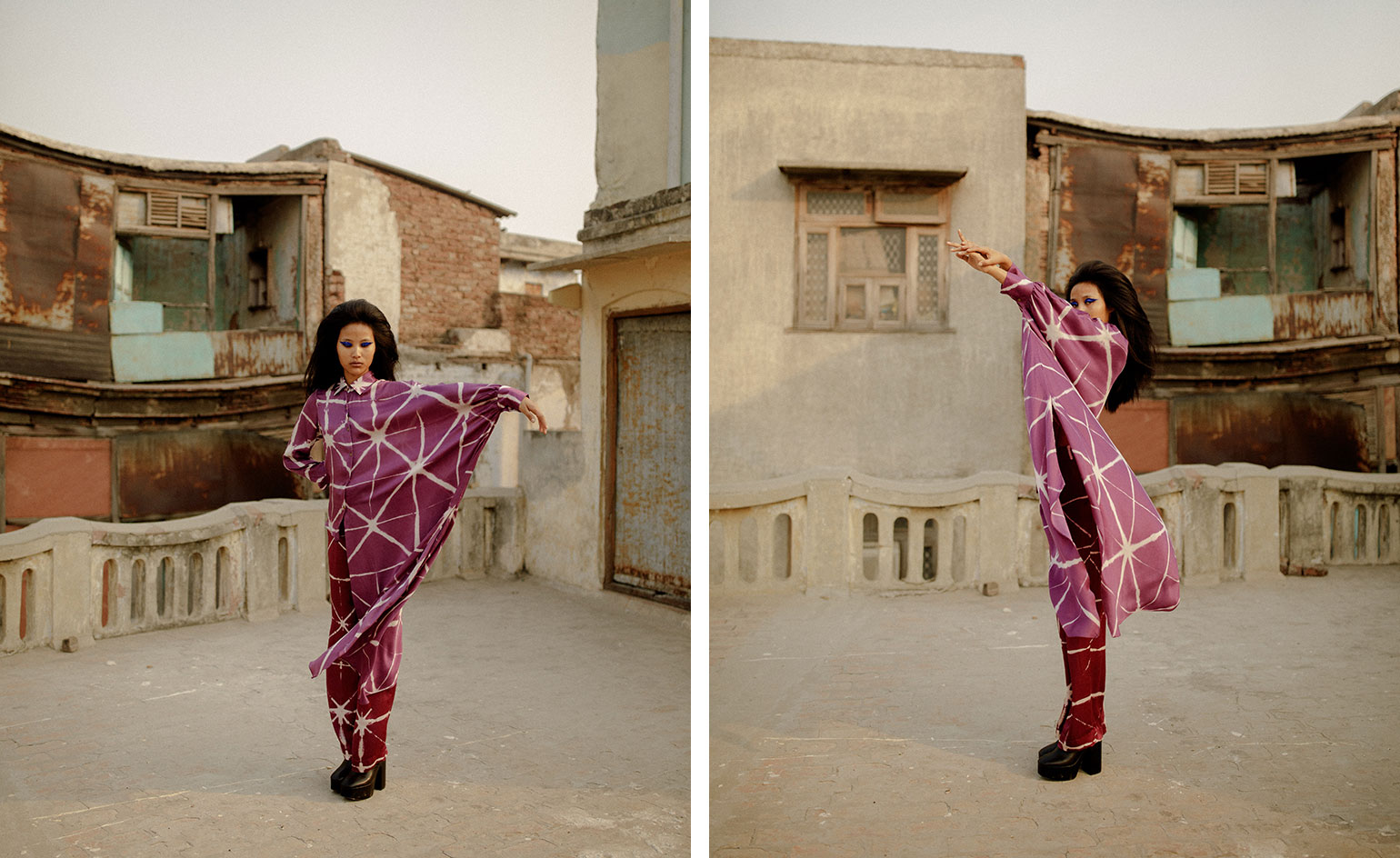 Riya Gupta on empowered femininity
Riya Gupta on empowered femininityStudio Rigu – the New Delhi-based label – founded in 2017 by Riya Gupta, has forward thinking footing
By Dal Chodha
-
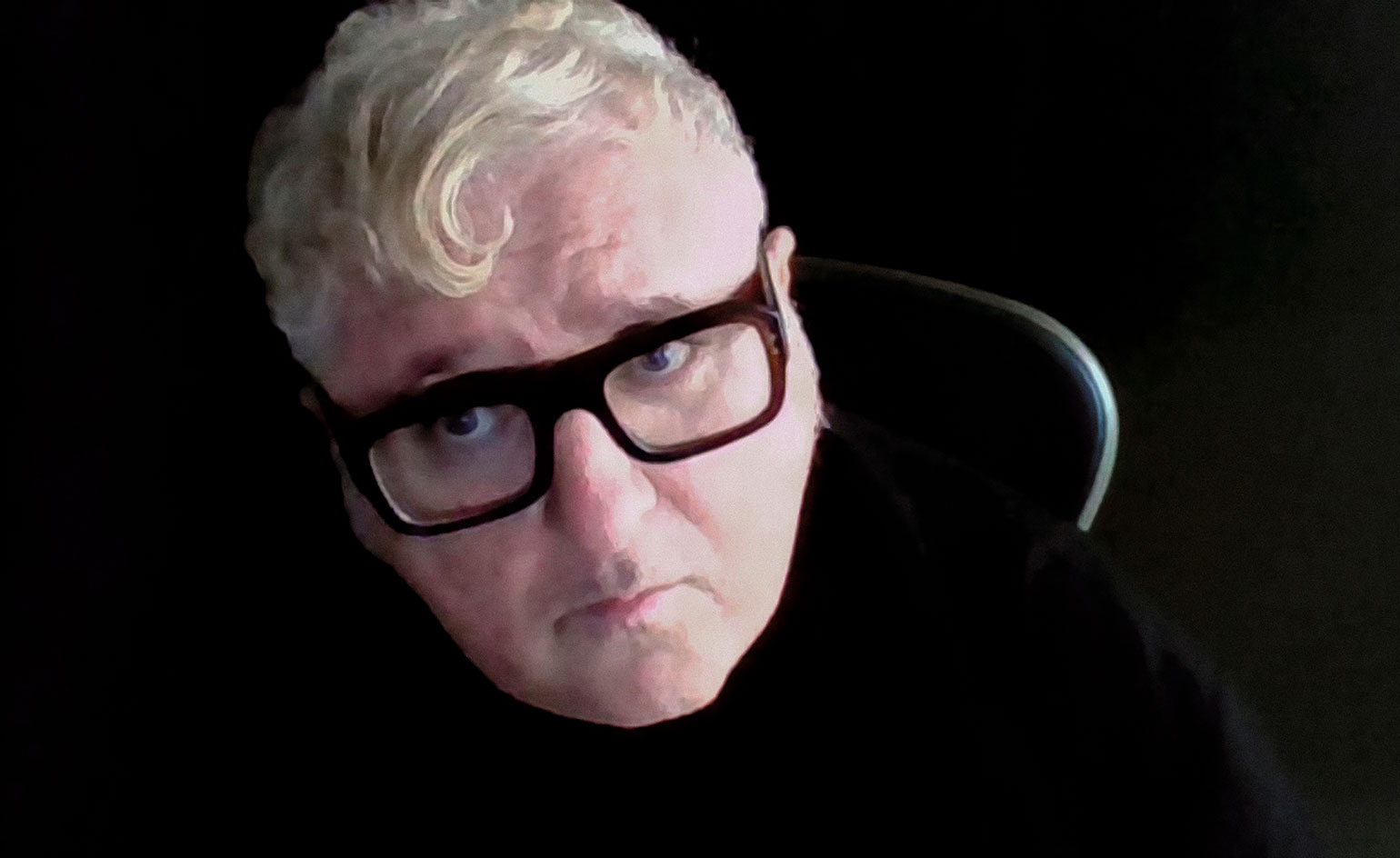 Alber Elbaz on AZ Factory: ‘fashion for a reason, not a revolution'
Alber Elbaz on AZ Factory: ‘fashion for a reason, not a revolution'On 25 April 2021, it was announced that the ebullient and beloved fashion designer Alber Elbaz had passed away. Earlier in 2021, we spoke to him about his new brand AZ Factory
By Laura Hawkins
-
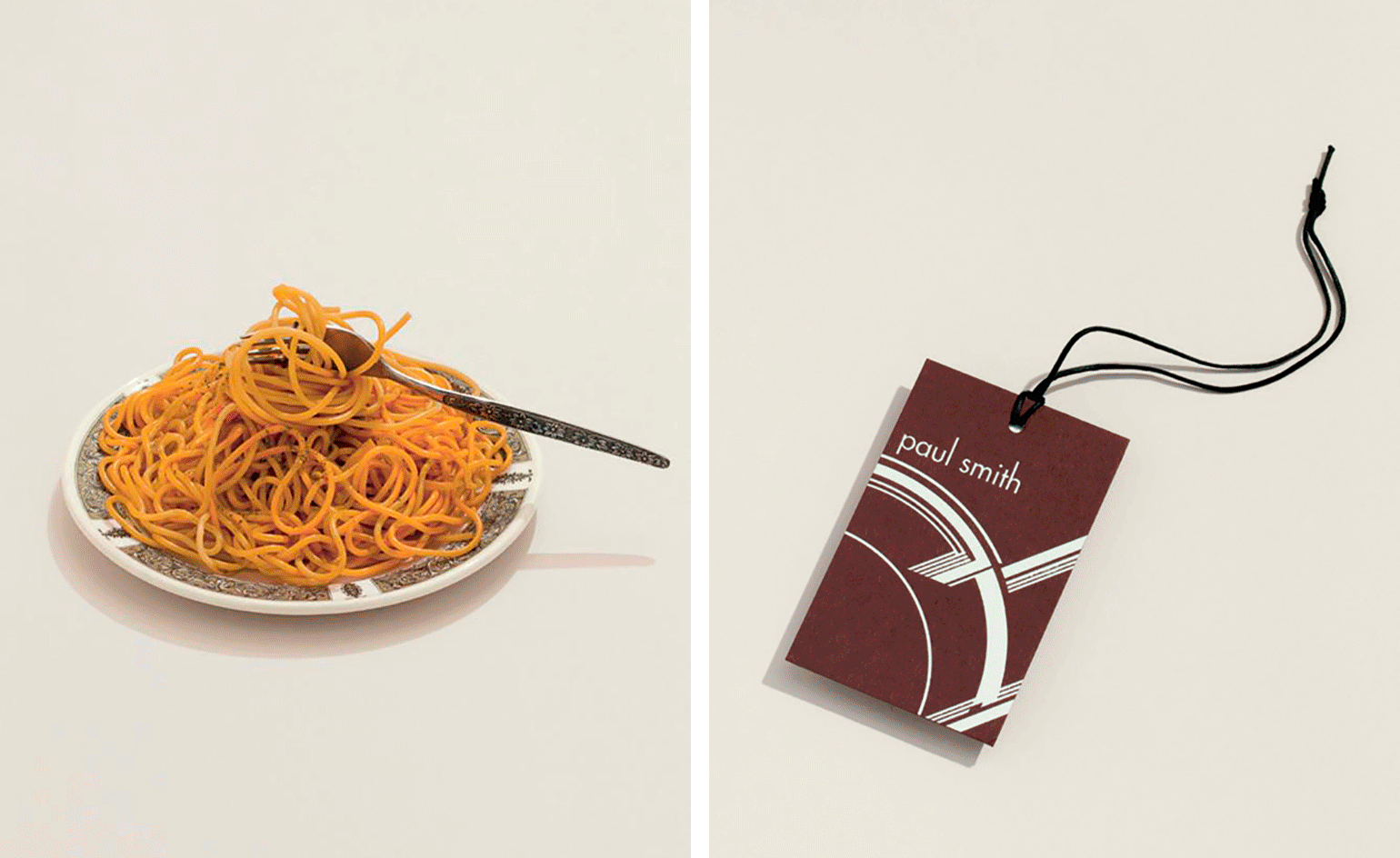 Paul Smith on a few of his favourite things
Paul Smith on a few of his favourite thingsFashion designer and inveterate collector Paul Smith shares a few of his favourite things in a new book, and here with his friend and travelling companion Deyan Sudjic
By Deyan Sudjic
-
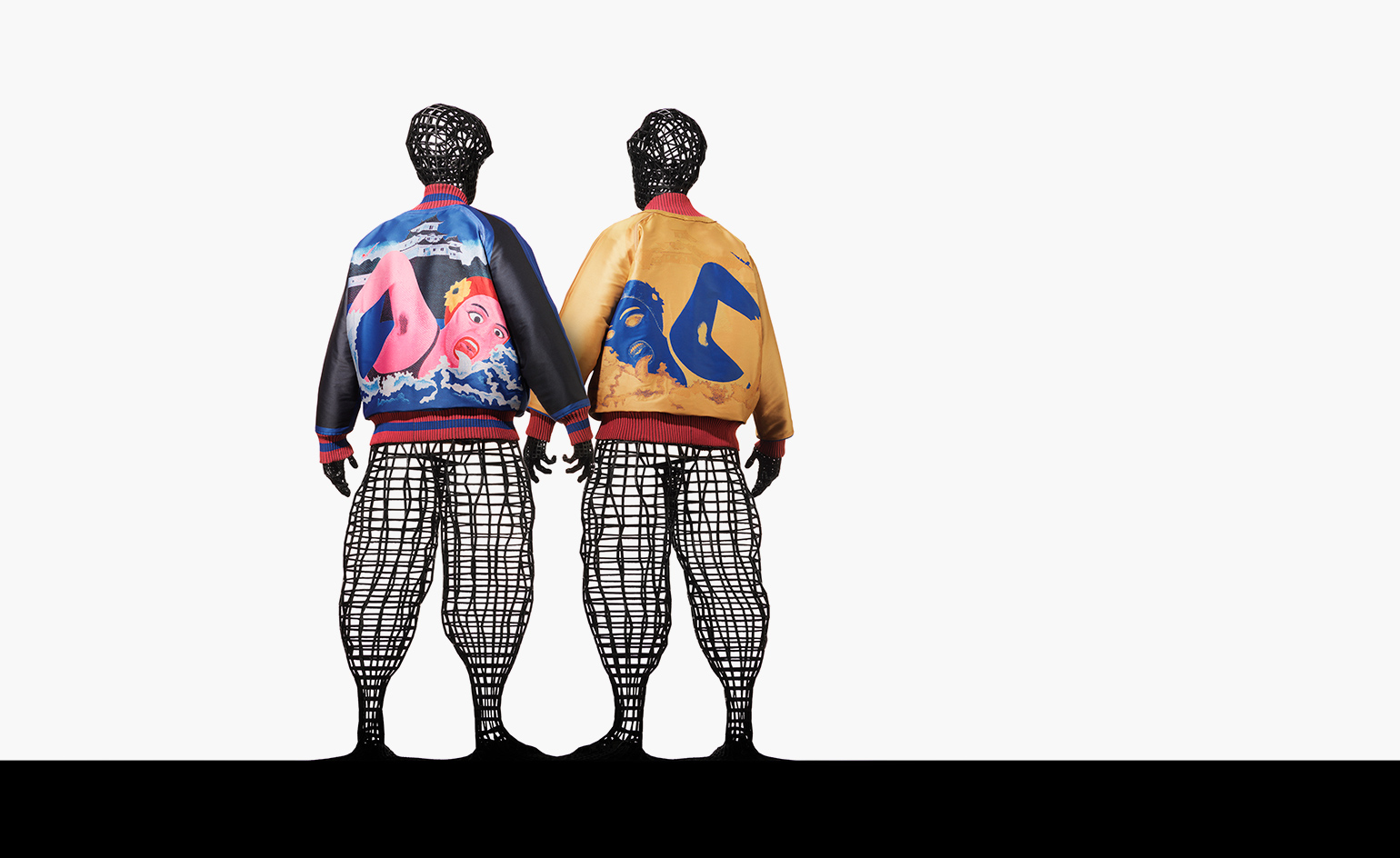 Issey Miyake and Tadanori Yokoo’s pop-culture inspired collaboration
Issey Miyake and Tadanori Yokoo’s pop-culture inspired collaborationTarzan, Jaws and Marilyn Monroe all feature on a series of men's blousons which ‘give a sense of hope and look to the future'
By Danielle Demetriou
-
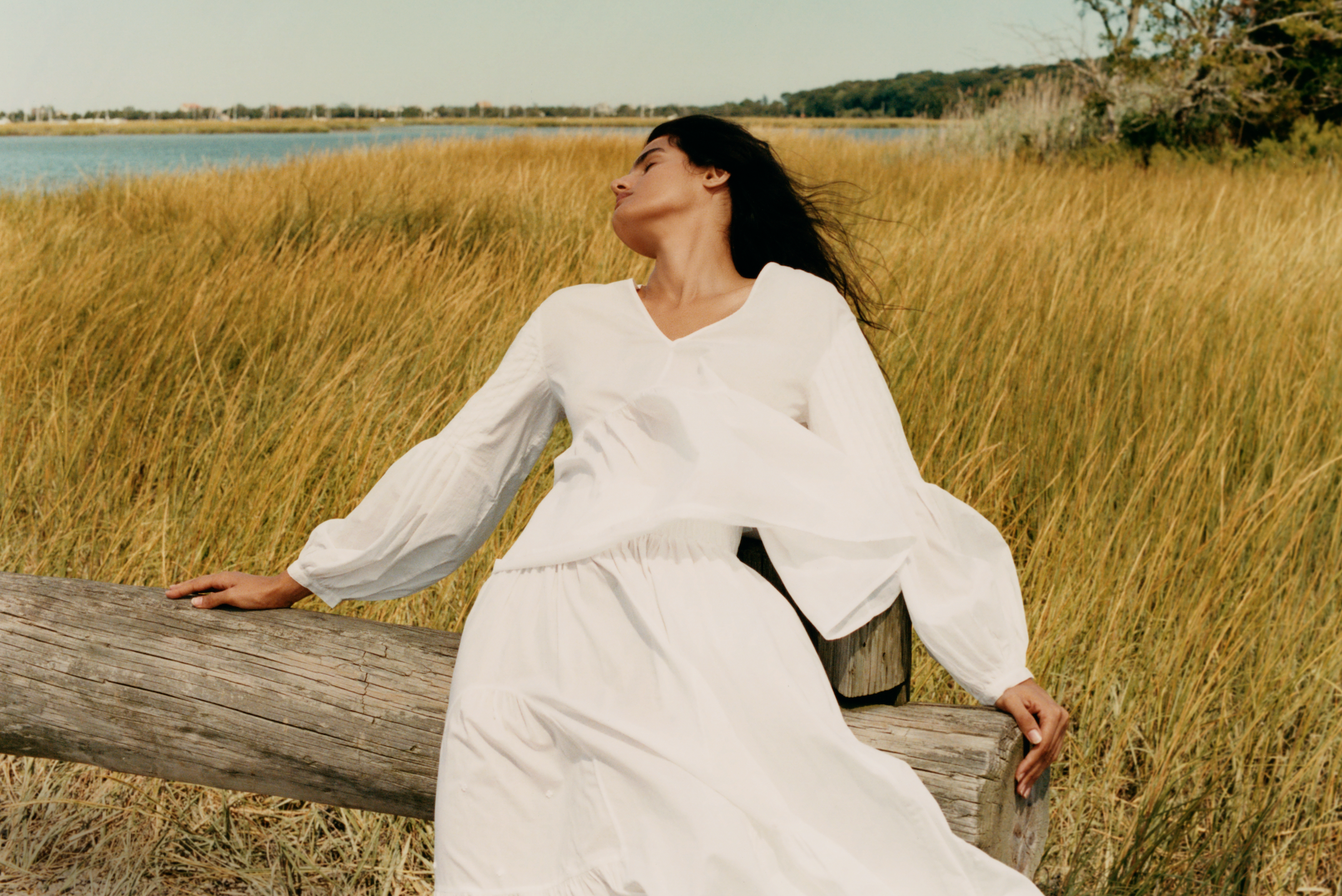 Introducing Merlette, the eco-aware brand elevating easy dressing
Introducing Merlette, the eco-aware brand elevating easy dressingMerlette’s fluid, billowing dresses in easy-to-care-for natural fabrics feel relevant and desirable – and are ideal for wearing year-round at home. No wonder the Brooklyn-based brand is having a moment
By Tilly Macalister-Smith
-
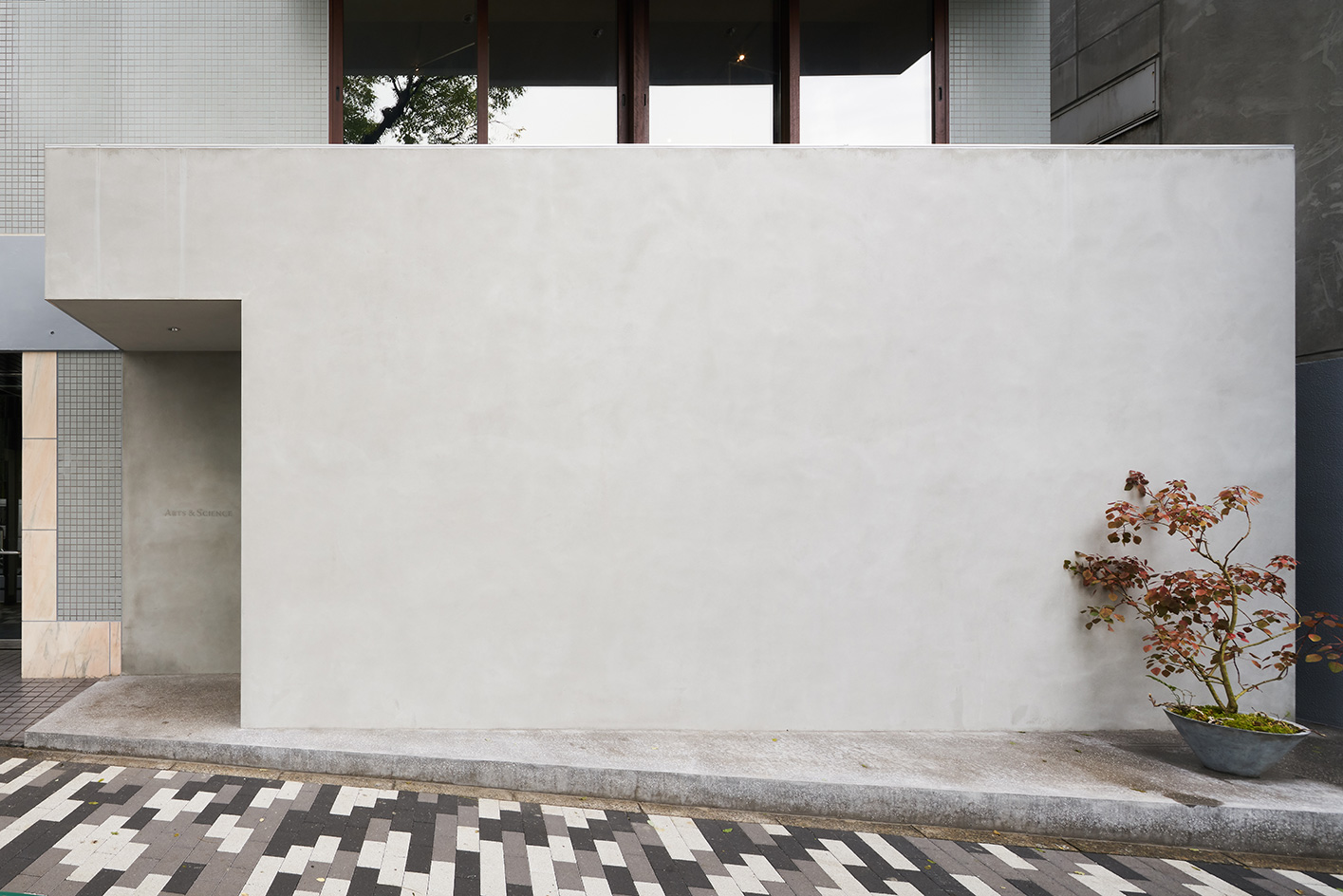 The elegant simplicity of Arts & Science's Aoyama flagship
The elegant simplicity of Arts & Science's Aoyama flagshipDesigned by Atelier Tsuyoshi Tane Architects (ATTA), Arts & Sciene's new Aoyama flagship in Tokyo, offers a play between curves and lines
By Danielle Demetriou